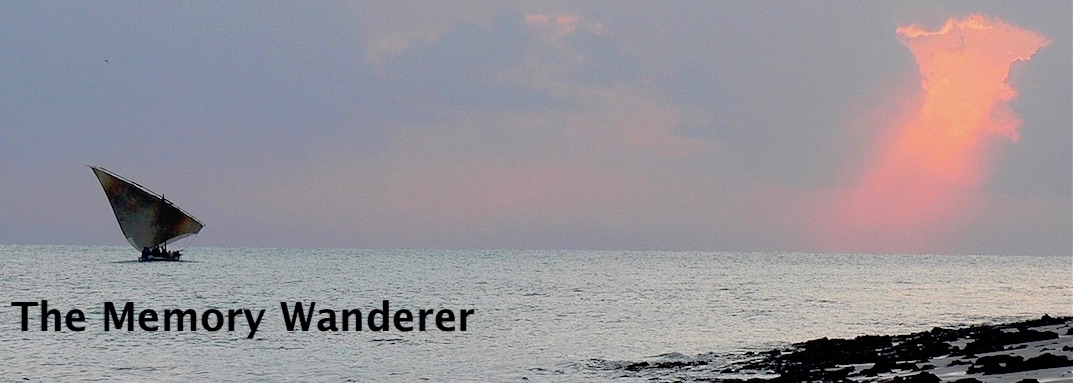Helen and Cecil became engaged the evening before he embarked for home leave, the 12th October 1936, even though he was determined they should not to do so until he had met Helen's parents. They exchanged rings: Cecil gave Helen the signet ring which was his 21st birthday present, and Helen gave him a ring with the Wilson crest which she had always worn on her little finger. Cecil was very upset when he lost it on the return voyage, but she continued to wear his ring for the rest of her life.
Cecil's leave was an unhappy one. He felt he was ill-treated by Helen's family, particularly her mother and older sister Christian, both of whom, he felt, had been very rude to him. Helen's mother also wrote to Mr. McElderry, Helen’s boss in Zanzibar, demanding why he had allowed her to get engaged. Cecil was furious.
Cecil returned from home leave in February 1937 and spent a couple of days in Zanzibar with Helen before starting work in Mombasa. He brought with him an engagement ring which he had purchased with his brother-in-law, Dick's help, two diamonds on a twisted white gold band, known as a 'kiss ring'. In her turn, Helen lost this while on the beach: she always suspected that a crab had taken it.
By June Cecil was ill with malaria. It was the first time he had contracted the disease, and the doctors were worried about his chest. X-rays showed a patch on his lungs and the doctors advised Cecil's boss, Arthur Crisp, that he probably had TB and should be sent home for treatment. About the same time Helen received a letter from her mother saying that her father was very ill and Noel had managed to get him into University College Hospital, where she was doing her medical training. Helen's mother insisted that she needed to come home, so they decided that Helen should give in her notice and she sailed on the Llanstephan Castle in August. Cecil followed her on the Jaggersfontein, a Dutch ship on which he formed a life-long love of Bols gin. When Helen met the ship in Dover Roads Cecil was busy drinking in the bar and, as she described it, "saying farewell to his lady friends."
Cecil saw three specialists who all said he had not got TB so in November he returned to Zanzibar on the
Malda while Helen stayed in England helping to nurse her father until his death on the 8th December, 1937, after which she travelled back to Zanzibar on the
Llangibby Castle.
In late 1938 Helen's mother announced that she and Christian were coming out to Zanzibar, arriving just before Christmas, to see her married. Cecil said that nothing would induce him to marry Helen while her mother and Christian were in Zanzibar. Despite this, they sailed out on the Llangibby Castle via Cape Town. Fortunately Christian met Micky Vigne on the voyage and by the time they reached Cape Town they were engaged. Despite this, the two women continued on the ship to Zanzibar so they could get Christian’s trousseau together. In order to accommodate them Helen arranged to sleep in a friend's flat leaving her flat free for her mother and Christian. They stayed in Zanzibar over Christmas while Christian's trousseau was made and finally, to Cecil's great relief, went south to Beira and from there to Bulawayo where Christian was married.
In November 1939 Helen went on local leave with two friends, and when she returned Helen and Cecil decided that, as he was now perfectly fit, they should get married.


















































